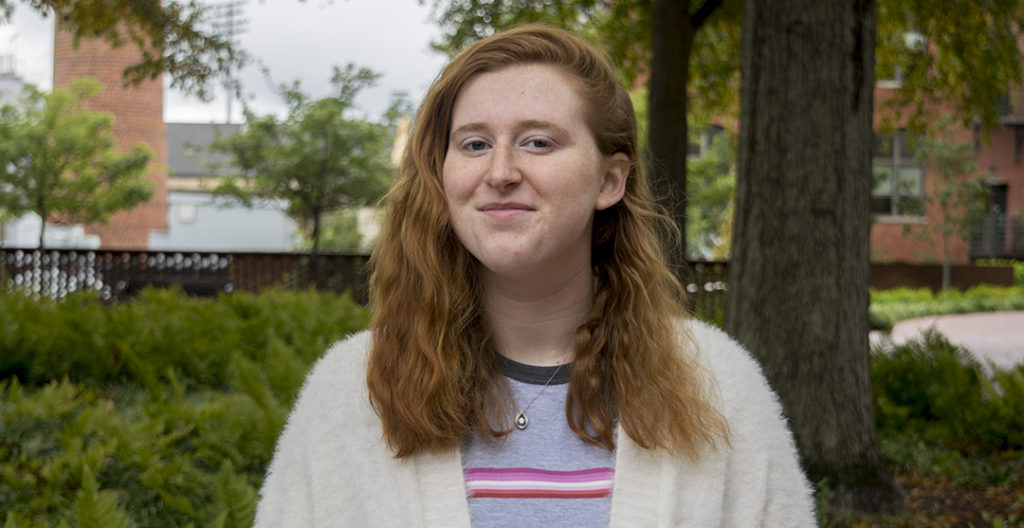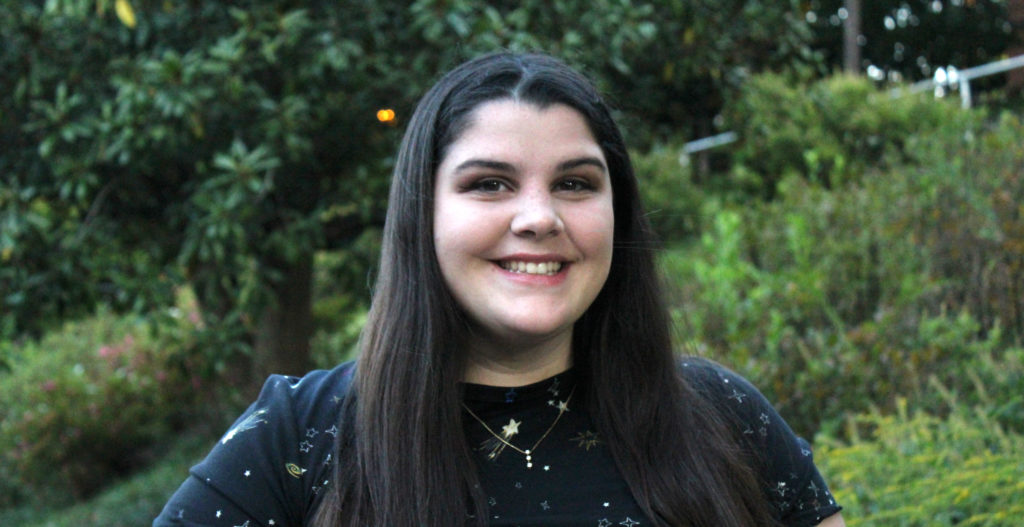
Movies often utilize amnesia as storytelling devices. The villains of “Captain Marvel” erase the heroine’s (Brie Larson) memory in an effort to suppress her humanity, which ultimately proves futile. In the “Fast and Furious” franchise, Letty (Michelle Rodriguez) forgets her past, forcing the team to save and remind her. Although recovering the experiences trapped in their subconscious proves essential to unlocking their identities, mostly positive, heartwarming ones fill those gaps.
But what if the missing memories are dark and traumatic? Do their friends and family have a moral obligation to tell the amnesiac everything no matter the emotional cost?
At the center of “Tell Me Who I Am” lies this ethical quandary. From Ed Perkins — the documentarian of the recently Oscar-nominated short “Black Sheep” — the latest Netflix documentary recounts one brother’s decision to withhold details of a tragic past from his twin. Despite imperfect filmmaking, the feature serves as an effective exploration of memory and trauma, introducing novel discussions on the topic.
The plot setup occurs rather quickly, told through a mixture of retrospective interviews with its subjects and evocative, representative recreations — similar to last year’s “Three Identical Strangers.” Modern-day Alex and Marcus Lewis explain how Alex awoke from a motorcycle accident without any recollection of who he was or what transpired. The only thing Alex knew for certain was that Marcus was his twin brother and that he could trust Marcus.
As scary as the circumstances appear, the retelling initially presents their approach to rebuilding Alex’s life as an almost cute, comical sitcom. For example, Marcus provides backgrounds and descriptions before Alex meets his friends for another first time.
Yet the levity of the situation belies what hides in the subconscious. Upon the death of their mother, Alex develops suspicions that Marcus is withholding facts about her. At risk of spoilers, suffice it to say that the omitted details pertain to very intense abuse and trauma.
Documentarian Ed Perkins’ role in the narrative could be construed as exploitative. After all, the documentary presents an aura of mystery and suspense around real, actual tragedies that occurred in these twins’ lives.
The work always manages to remain ethical and thoughtful, however. Perkins never explicitly voices his own opinion, but rather allows the twins a forum to address some of the demons between each other and within each brother individually. Here, the documentary finds its greatest power and resonance.
But, as far as movies or documentaries go, “Tell Me Who I Am” cannot outshake some of its inherent limitations. For one, a natural under-abundance of home videos and photos restricts Perkins’ representations. Thus, the movie becomes reliant upon interviews with only two subjects, proving to be a hindrance of perspective and storytelling. Without other voices, viewers’ interest can be dictated by how compelling one finds the brothers as orators. Moreover, one of Perkins’ only directorial decisions on display is a grey, somber color-grading. Although he intends the imagery to mirror the subject matter, the
decision places the film outside a relatable frame of reality, increasing emotional distance between viewers and subjects.
In spite of these shortcomings, “Tell Me Who I Am” proves pretty effective and novel. It questions the ethicality and morality of Marcus’ omissions, presenting unique perspectives on trauma and memory. And although the lost memories are not as characteristically positive as other representations of amnesia in cinema and popular culture, sometimes it is important to reflect and consider how less than savory experiences can shape lives and psyches. Perkins’ first feature documentary affords viewers an opportunity to do just that.









